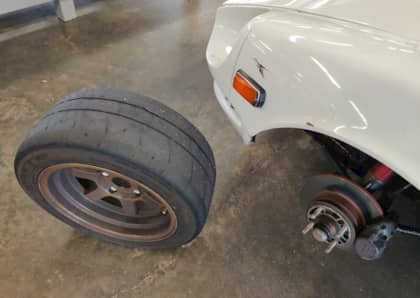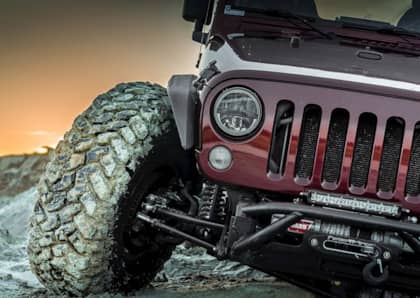Hydroboost Brakes: Why Your 4x4 Truck Project Deserves A Stopping Power Upgrade
So much of the focus when building a 4x4 truck project is aimed at the drivetrain and the suspension system. While there's no question that these components are crucial to any off-road rig, tow vehicle, or street-oriented restomod, the supporting cast is just as important in making sure that your pickup or SUV delivers the best all-around performance in the driving situations you plan to encounter the most.
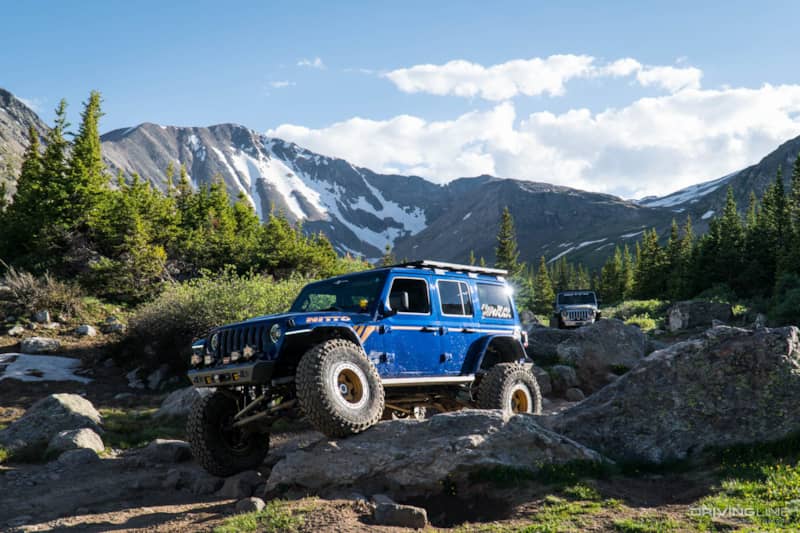
It's hard to think of a vehicle support system more important than brakes. If you've added more power or weight to your project, or intend to drive it more aggressively, tow near its rated maximum, or wheel through extra tough terrain, it's worth upgrading to a braking system that can keep up with the extra power and capability you've built into your truck. You may also simply want to improve the response and stability of the braking system on your stock pickup or sport-utility, as not all factory systems are impressive out of the box.
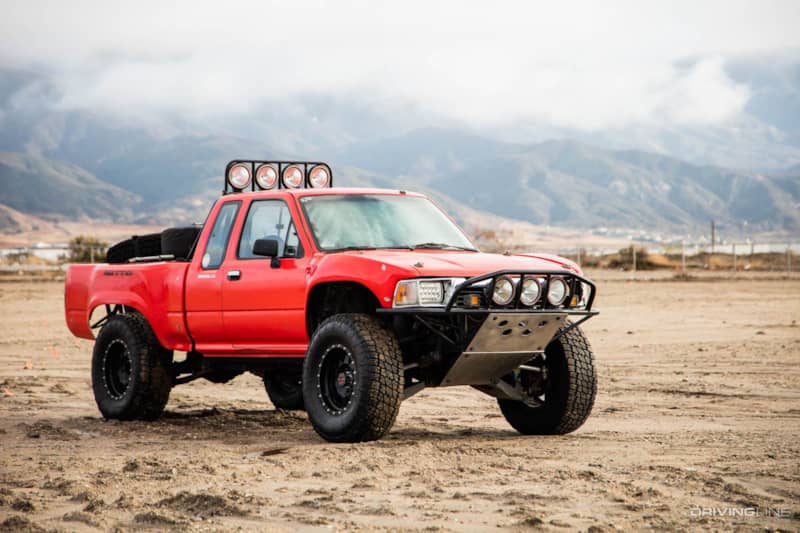
One of the most effective ways to improve your stopping power is to install a hydroboost braking system. Hydroboost provides an across-the-board upgrade that will have you wondering why you lived so long in the world of traditional vacuum-boosted designs.
Vacuum Blues
The majority of factory-built, power-assisted braking system offered on light-duty trucks and SUVs for the last 50 years have relied on vacuum boost to help clamp down on the stoppers. By siphoning off the vacuum naturally produced by an internal combustion engine, the system is able to add additional force to your right foot and do a more effective job of pushing hydraulic fluid through the brake lines to actuate the pistons in the calipers (or in some cases, the drum mechanisms) at each corner.
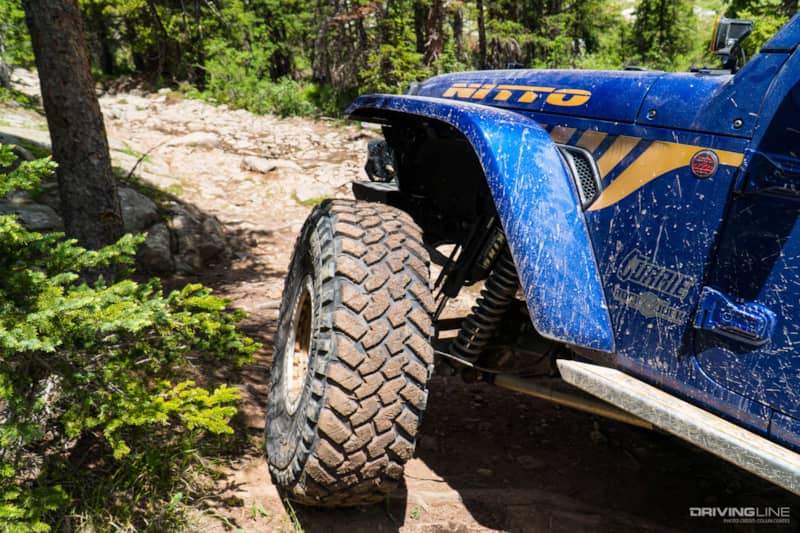
Vacuum is a good one-size fits all solution that comes with a few compromises. For starters, if your motor has been built with an aggressive camshaft, you might not have much vacuum to deal with at certain engine speeds, which can compromise brake response. Off-throttle braking response can offer a similar problem. Finally, turbocharged and supercharged engines can also present a vacuum issue, as can diesels.
What Is Hydroboost?
Hydroboost solves these issues by relying instead on the power steering pump rather than engine vacuum, to pressurize the brake system. This simple difference imparts two key improvements to vehicle braking.
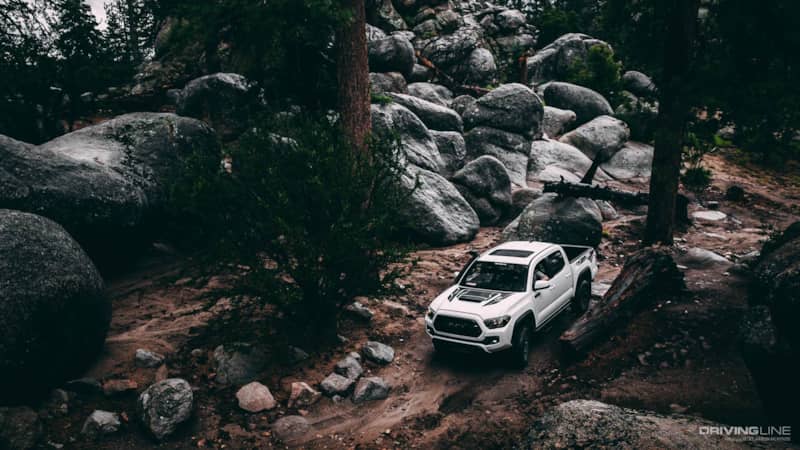
The first is remarkably consistent pedal response, since you're aren't dealing with varying vacuum levels. The power steering pump is always pressurized and ready to go, which means no pumping for a stiffer pedal while initiating a stop. Where this pops up the most often for 4x4 truck owners is when negotiating a steep downhill grade while off-throttle, which can pose a real problem for cammed-up engines that can't deliver reliable vacuum at idle. That lack of braking confidence is gone with a hydroboost installation.
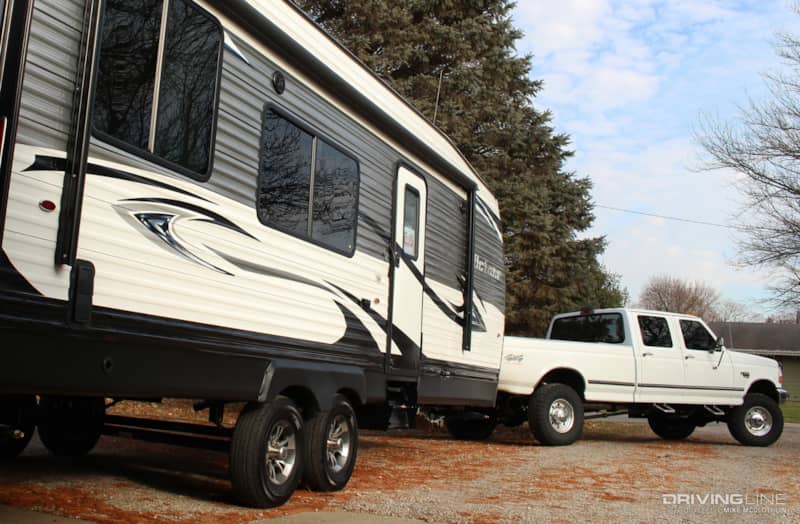
Hydroboost systems are also capable of delivering significantly greater pressure through a braking system than a vacuum boost. In some cases, you can more than double the pounds of pressure being distributed to your brakes simply by opting for hydroboost. This takes a lot of stress out of towing, as you'll be able to tap into near-instant braking power while under load, which in turn helps slow your vehicle and trailer down that much more quickly.
Hydroboost Is Easy To Install
Installing hydroboost brakes is a fairly simple process. Given that a number of heavy-duty trucks, starting in the '90s, were outfitted with factory hydroboost systems, it can be tempting to try to piece together a junkyard system of your own and save a few dollars that way if you own a similar Ford, Chevrolet, or GMC vehicle. It's a far better idea, however, to use brand-new hardware when working on such a critical system. Fortunately, there are many different kits out there designed specifically to fit in a wide range of vehicles, which will take a lot of the guesswork out of what parts you need and where they should be placed. These kits are typically the same price as a replacement vacuum boost system.
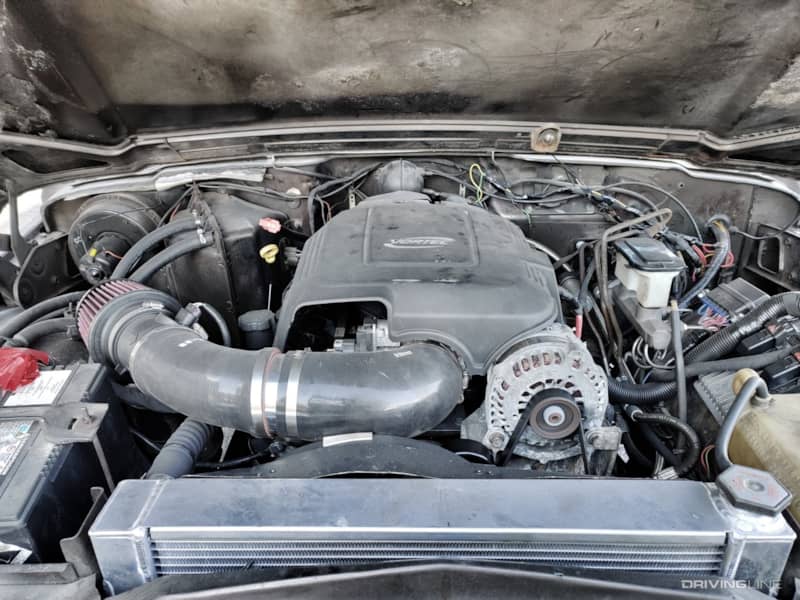
The hydroboost unit usually takes over the spot on the firewall where the vacuum booster used to sit. You'll need to run lines from the booster to the power steering pump, which will come as part of any installation kit, along with the fittings you'll need, and any brake pedal rod adapters that might be required. Some people also take the opportunity to install a larger-than-stock master cylinder to go with the hydrobooster, if that doesn't come in the kit you've purchased.
Pros And Cons
Are there any downsides to hydroboost brakes? It's largely a question of personal preference, but some drivers find it takes a while to get used to the new pedal feel. Unlike a vacuum system, hydraulic boosters don't require an inch or so of pedal travel before engaging—the effect is near instantaneous, which means a higher and stiffer brake pedal.
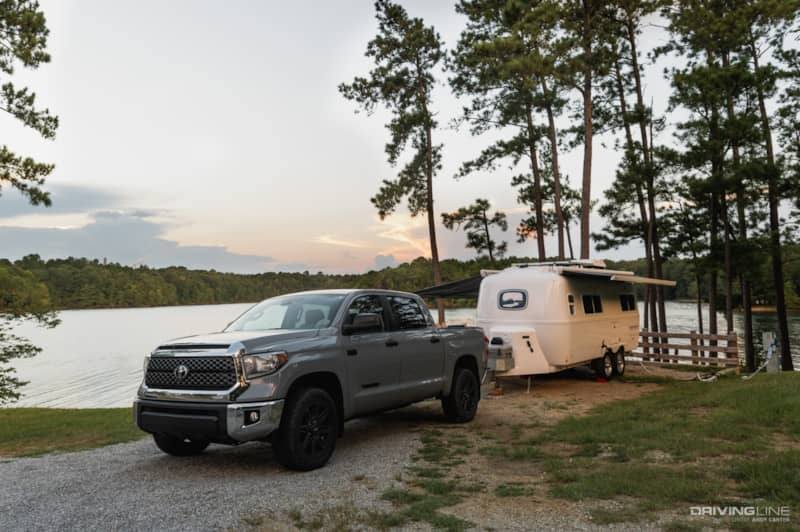
At the same time, modulating hydroboost brakes requires a more refined touch than a vacuum setup. If you hit the pedal hard you'll be rewarded with a ton of anchor-dropping drag, which makes it a good idea to use a lighter foot until you've figured out how to progressively apply the brakes.
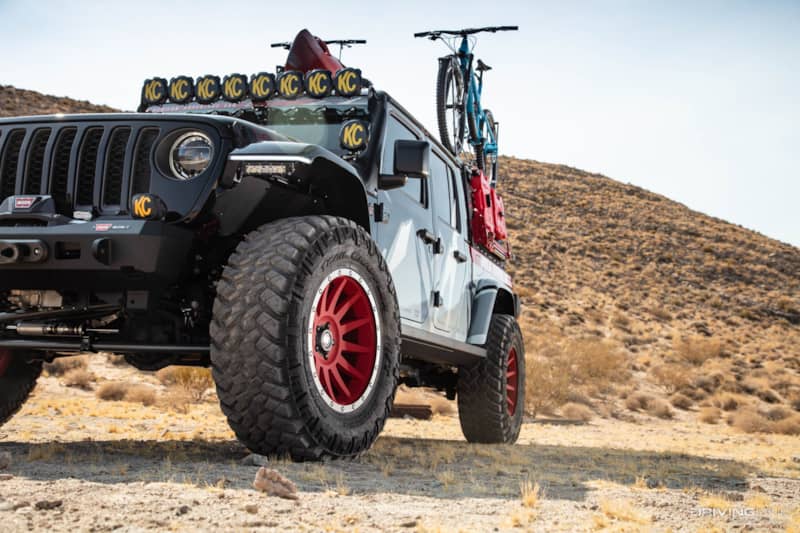
Finally, there are often questions about reliability. Just like a vacuum system, hydroboost brakes include an accumulator that will provide you with brake assist should the power steering pump fail for any reason. It's also worth noting that in the even of a line leak the brakes will still function as long as you keep topping up the power steering fluid, unlike a vacuum leak which can cause problems not just for your brakes but other aspects of the engine, too.
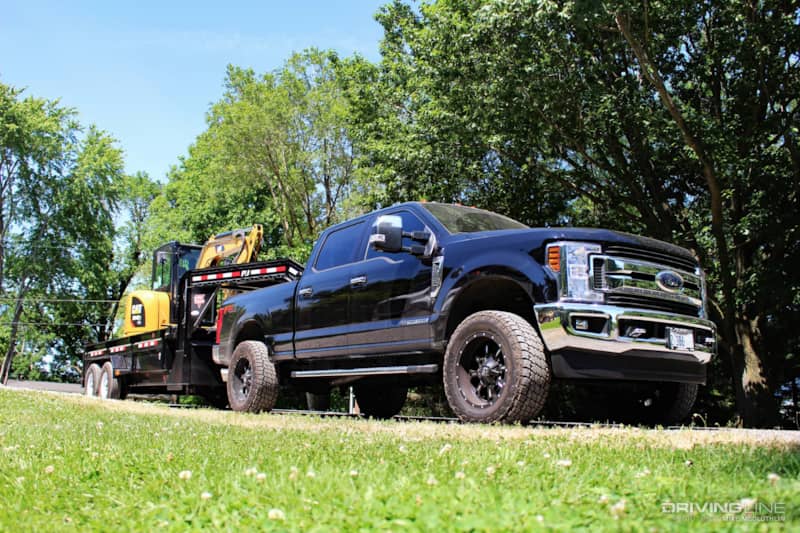
Hydroboost is a game-changer for those who spend a lot of time towing, low-speed rock crawling, or who are tired of inconsistent, unreliable brake performance in an older truck. With a low cost of entry and a proven track record for safety, it's one of the most cost-effective upgrades you can make to your 4x4 truck.
More From Driving Line
- Looking for more brake system advice? Check out these budget-friendly improvements that apply to any vehicle.




